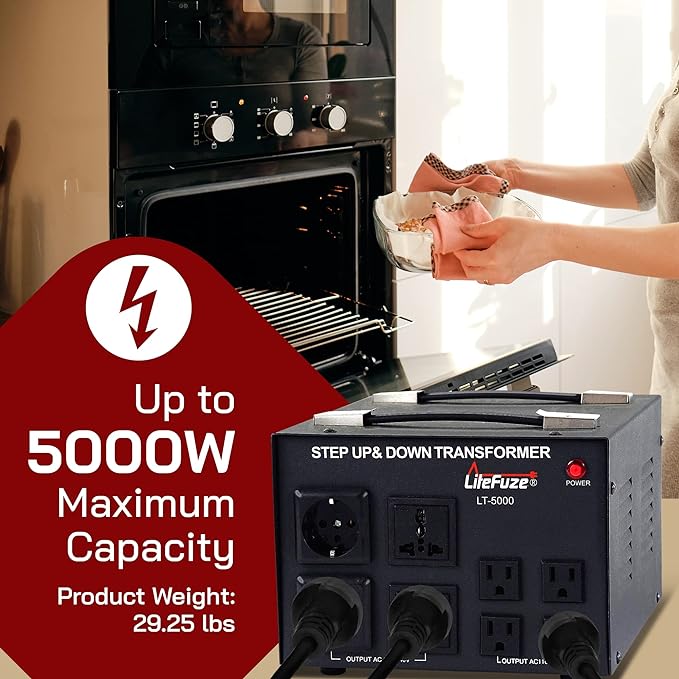Zero-Sequence Current Transformer
Role of Zero-Sequence Current Transformer
A zero-sequence current transformer is used in conjunction with relay protection devices or signals to detect zero-sequence grounding currents in a power system. It helps activate protective measures or monitoring systems. When a fault, such as electric shock or leakage, occurs, the zero-sequence current transformer outputs a zero-sequence current on the secondary side. This output triggers protective actions such as disconnecting the power supply or sounding an alarm.
Difference Between Zero-Sequence Current Transformers and Current Transformers
Current transformers are designed to convert a high primary current into a lower secondary current through a specific transformation ratio. This secondary current is used for protection, measurement, and other purposes. For instance, a current transformer with a ratio of 400/5 converts an actual current of 400A to 5A.
Principle of Zero-Sequence Current Transformers
The principle of zero-sequence current protection is based on Kirchhoff’s current law, which states that the algebraic sum of currents flowing into any node in a circuit must be zero. In normal conditions, the vector sum of the currents of each phase is zero, resulting in no output from the zero-sequence current transformer’s secondary winding, and no action is taken by the actuator. However, if a ground fault occurs, the vector sum of the phase currents is no longer zero. This imbalance generates a magnetic flux in the zero-sequence current transformer’s annular iron core. The induced voltage on the secondary side activates the actuator, which then drives the tripping device to switch off the power supply and protect against ground faults.
Function and Usage
When an electric shock or leakage fault occurs, the zero-sequence current transformer will trigger a protective action to cut off the power supply. It can be installed in several ways:
- A separate current transformer can be installed on each of the three-phase lines.
- Alternatively, a zero-sequence current transformer can encircle all three-phase wires together.
- Another option is to install the zero-sequence current transformer on the neutral line (N) to detect the current vector sum of the three phases.
Protection Principle
The zero-sequence current transformer can be applied in various ways:
- By installing a current transformer (CT) on each of the three-phase lines.
- By allowing all three-phase wires to pass through a single zero-sequence CT.
- By placing the zero-sequence CT on the neutral line (N).
These configurations help detect the vector sum of the three-phase currents, known as the zero-sequence current (Io). When the three-phase load is balanced and there are no ground faults, Io = 0. If the load is unbalanced, Io equals the unbalanced current (IN). During a ground fault, a single-phase grounding fault current (Id) is generated, and the zero-sequence current detected (Io) equals the sum of the unbalanced current (IN) and the fault current (Id), representing the vector sum of the three-phase unbalanced currents and the single-phase ground fault currents.

